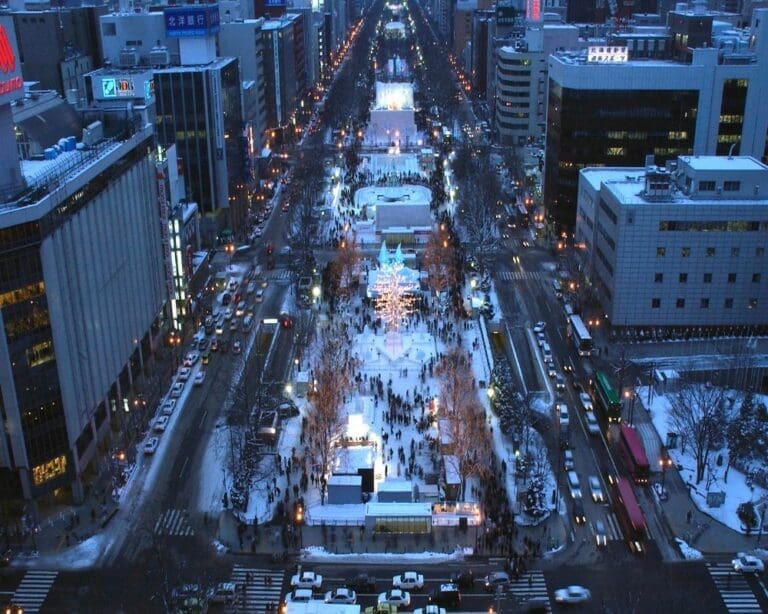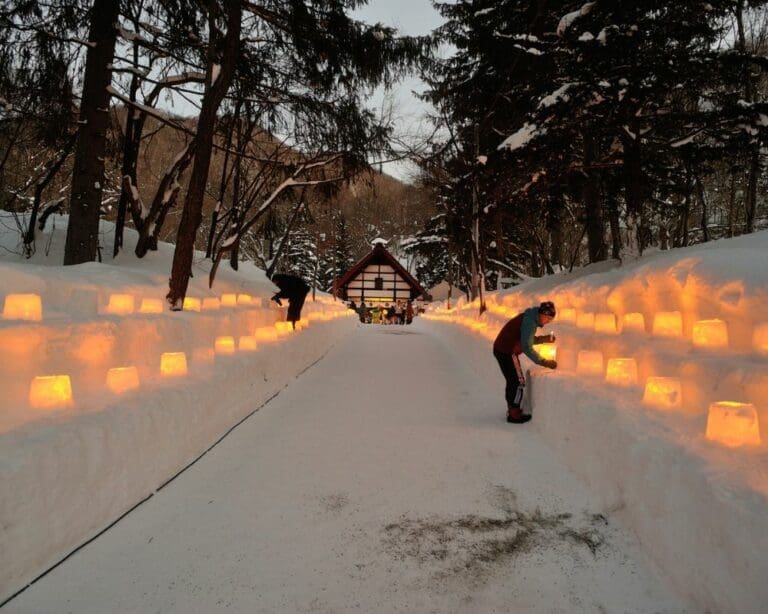The 8 Japan Regions, explained [with free map]
Explore the diverse Japan Regions with our comprehensive travel guide. Discover the unique culture, attractions, and cuisine each region offers, from the snowy landscapes of Hokkaido to the tropical beaches of Okinawa.
Konichiwa! If you’re planning a trip to Japan, it is easier to do it by region. Each Japan regions has its own unique and exciting travel destinations which makes all 8 of them worth exploring.
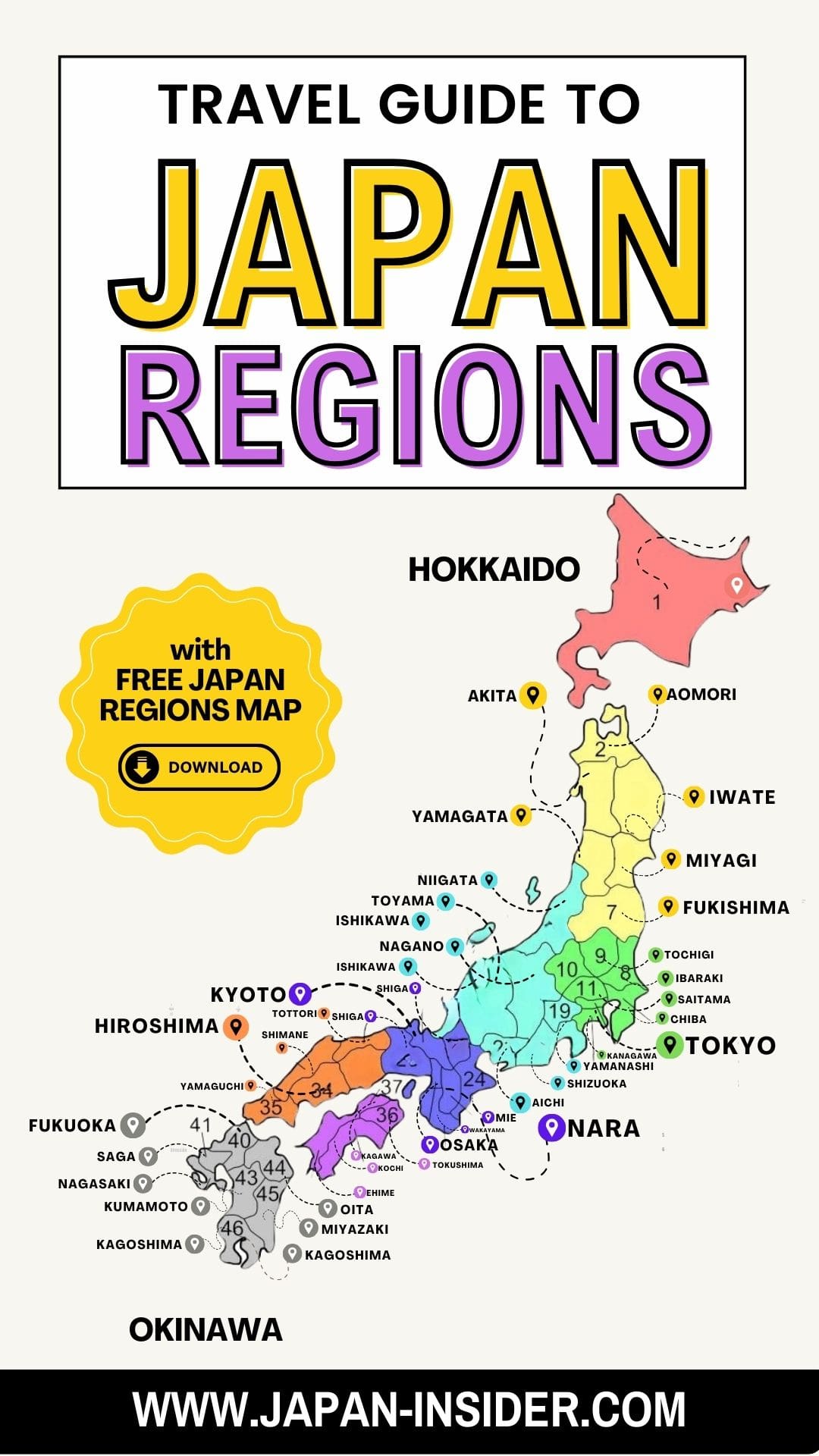
In this Japan regions travel guide, you will not only learn about tourist spots but also information on the best time to visit, food culture, transportation options, and more!
There’s also a free and detailed Japan Regions map which is available for download. You can save it on your phone for your trip!
Japan Regions Map
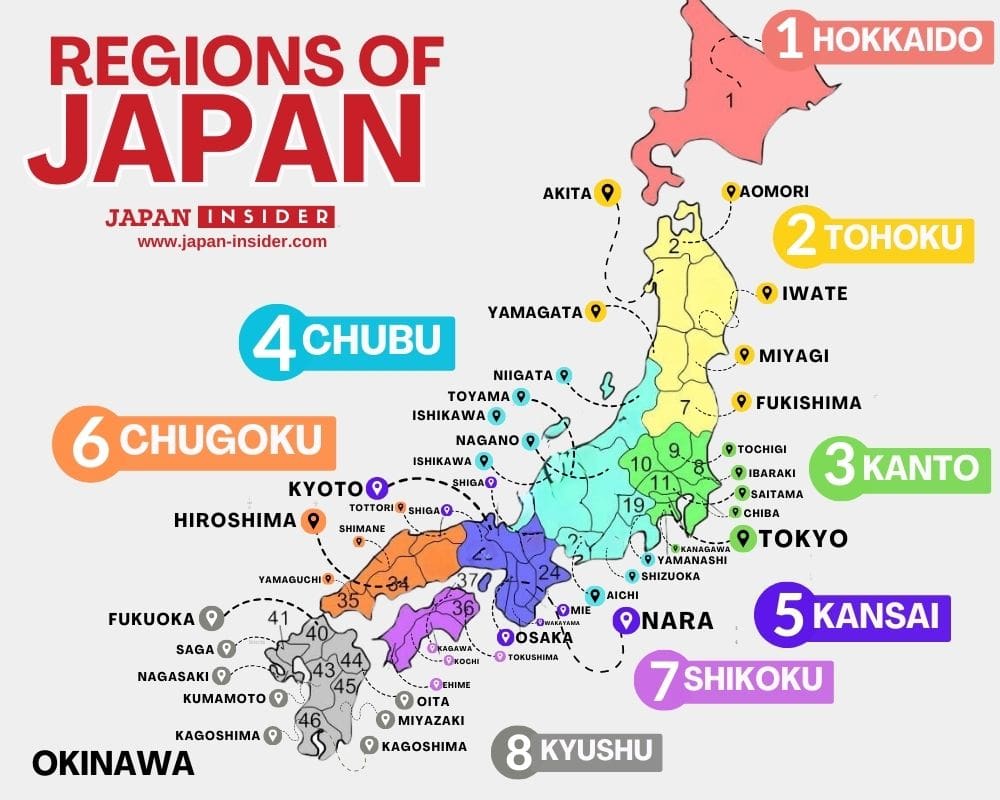
1. Hokkaido Region
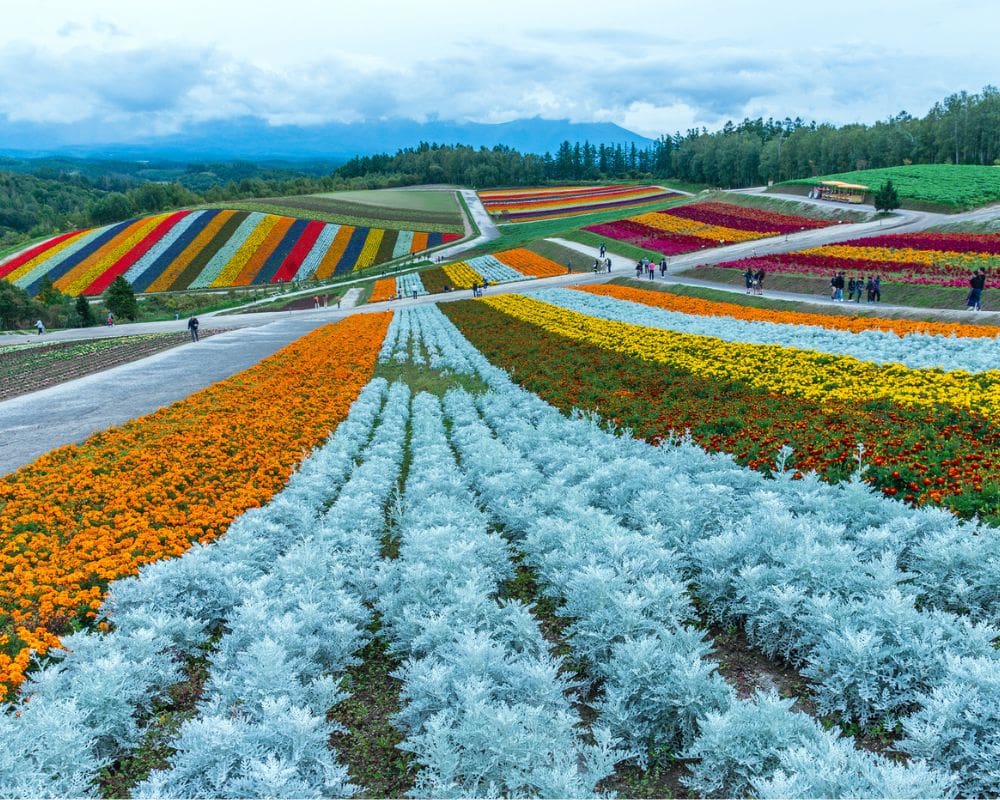
Hokkaido, the northernmost of the Japan regions, is separated from Honshu by the Tsugaru Strait. It’s known for its cooler climate and vast, unspoiled natural landscapes.
The Hokkaido Region is famous for its exceptional natural beauty, including national parks, hot springs, and ski resorts. It is also celebrated for its fresh seafood and agricultural products, making it a culinary hotspot within Japan regions.
Best time to visit Hokkaido Region

The best time to visit Hokkaido for good weather is during the summer months of June to August, when the climate is mild and perfect for outdoor activities.
The cheapest time to visit is during the shoulder seasons of spring (April to May) and autumn (September to October), when you can enjoy fewer crowds and lower prices, alongside the beauty of cherry blossoms or autumn leaves.
Top 3 most popular attractions in Hokkaido Region

Hokkaido is home to numerous attractions that draw visitors from all over the world. The Sapporo Snow Festival, held in February, transforms the city into a winter wonderland of snow and ice sculptures, attracting millions.
Furano’s lavender fields are another must-see, with the best views in July, offering a vibrant tapestry of colors and sweet fragrances.
Meanwhile, Noboribetsu Onsen, Hokkaido’s most famous hot spring resort, offers a variety of mineral-rich baths set in a volcanic landscape, known as “Hell Valley,” providing a unique and relaxing experience.
These attractions showcase the natural and cultural richness of the Hokkaido region, making it a top destination within the diverse Japan regions.
Food in Hokkaido

Hokkaido’s food culture is distinguished by its use of fresh, local ingredients, especially seafood.
Regional specialties include Sapporo ramen, characterized by its miso base, and fresh seafood like crab, scallops, and sea urchin. Dairy products, such as milk and cheese, are also prominent, thanks to the region’s vast farmlands.
Transportation options in Hokkaido and between regions
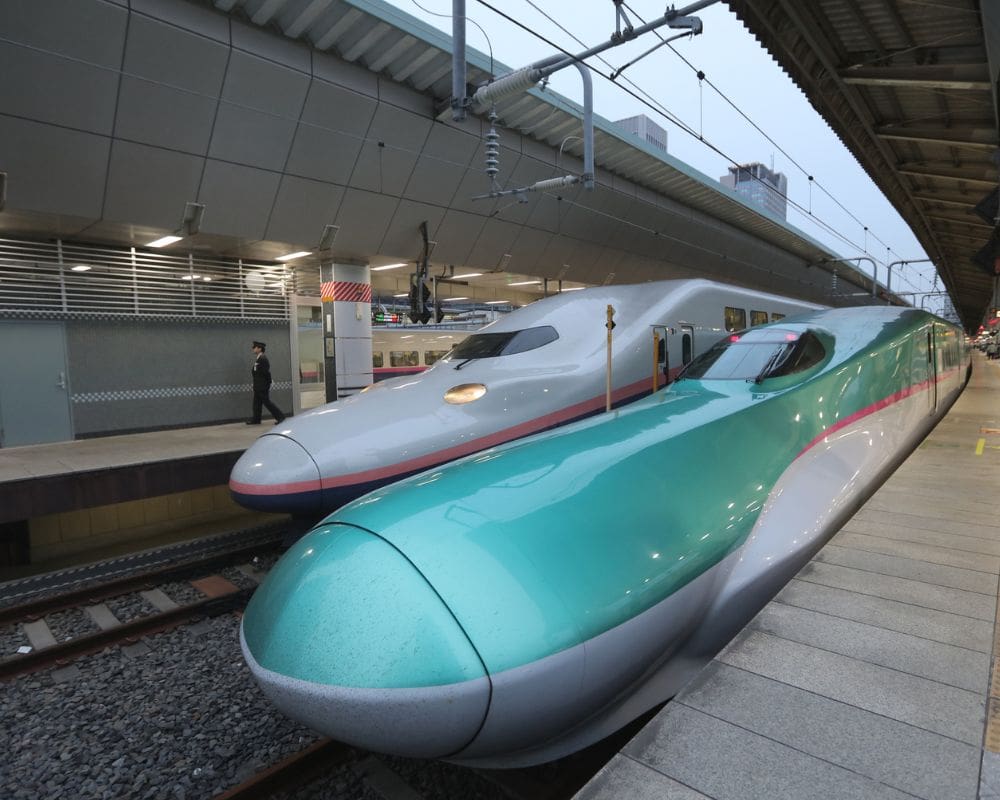
- Bullet Trains: The Hokkaido Shinkansen connects Hokkaido with mainland Honshu, offering a fast and efficient travel option.
- Local Trains: Extensive networks provide access to major cities and tourist spots within the region.
- Buses: A cost-effective way to reach more remote areas not serviced by trains.
- Flights: Domestic flights connect Hokkaido’s airports with other major cities across Japan regions, facilitating easy movement.
REGIONS OF JAPAN
Hokkaido Region
2. Tohoku Region
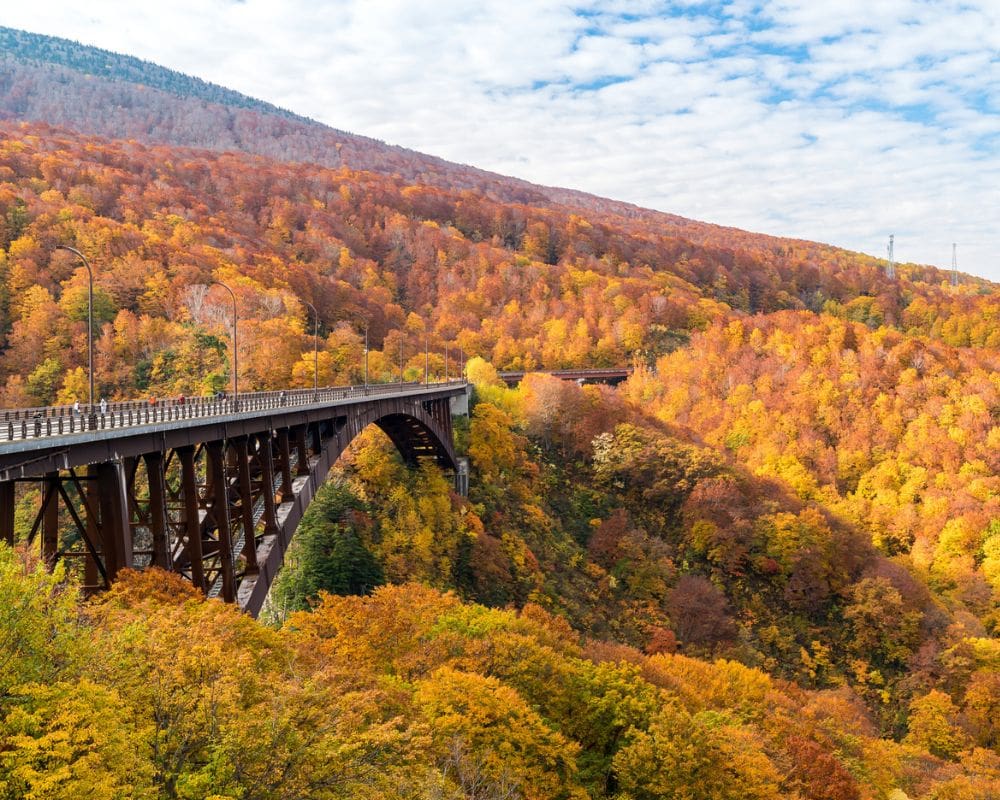
The Tohoku region is located in the northeastern part of Honshu, the largest island in Japan. It encompasses six prefectures: Aomori, Akita, Iwate, Fukushima, Miyagi, and Yamagata, offering a mix of coastal and mountainous landscapes.
Tohoku is celebrated for its scenic beauty, including vast forests, rugged coastlines, and hot springs, as well as its rich history and culture.
The region is also famous for its vibrant festivals, such as the Aomori Nebuta Festival, which attracts visitors from across Japan and beyond.
Best time to visit Tohoku Japan Region
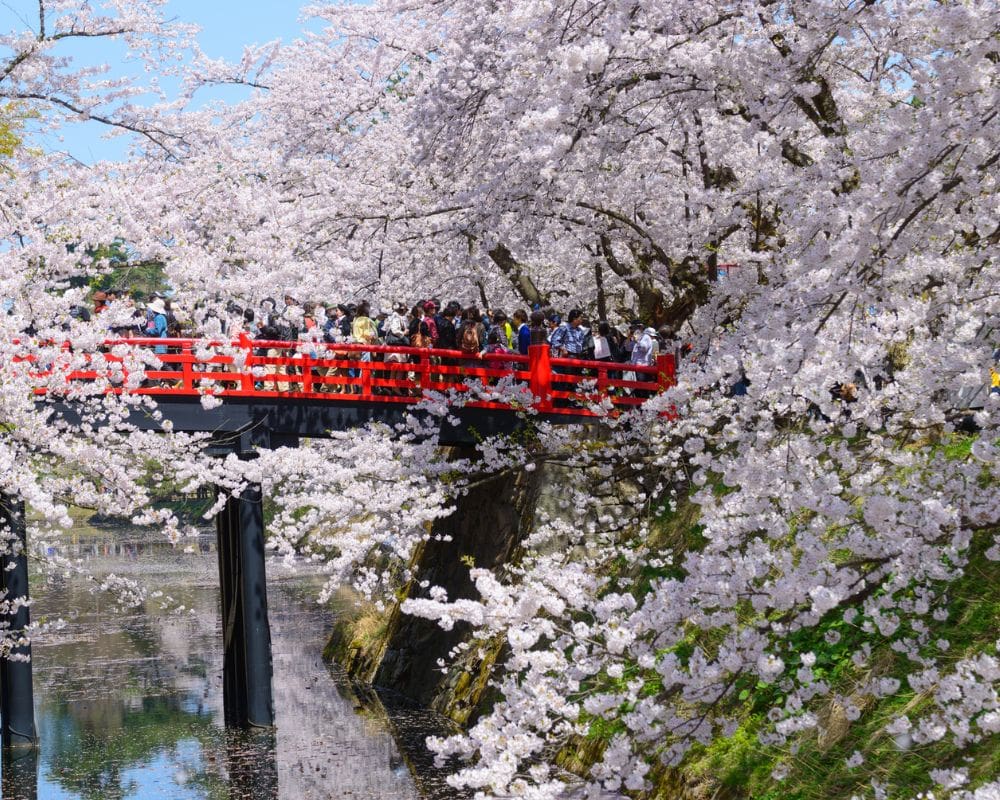
The best time to visit the Tohoku region for good weather is during the spring (April to May) for the cherry blossoms and autumn (September to November) for the colorful foliage.
The cheapest time to visit is usually the off-peak seasons of late winter and early autumn when there are fewer tourists and accommodation prices are lower.
Top 3 most popular attractions in Tohoku Region

Among the top attractions in Tohoku, Matsushima Bay is renowned for its scenic beauty, with over 260 pine-clad islands dotting the waters, making it one of Japan’s three most scenic views.
The Hirosaki Castle in Aomori (pictured above) is another highlight, particularly during the cherry blossom season when the surrounding park becomes a pink-hued paradise.
The Yamadera Temple in Yamagata, perched atop a steep hillside and offering panoramic views of the surrounding mountains, provides a serene and spiritual experience, reflecting the deep historical and cultural significance of the Tohoku region within the broader context of Japan regions.
These attractions exemplify the natural beauty and cultural richness of the Tohoku region, making it a compelling destination for those exploring the diverse Japan regions.
Food culture in Tohoku Region

Tohoku’s food culture is characterized by its use of fresh, local ingredients from both the sea and the mountains.
Regional specialties include kiritanpo, a pounded rice dish often served with hot pot, and ichigo-ni, a seafood soup made with sea urchin and abalone. The region is also known for its high-quality sake, produced using the pure waters of Tohoku’s mountainous areas.
Transportation options in Tohoku and between regions

- Bullet Trains: The Tohoku Shinkansen offers fast travel between Tokyo and major cities in the Tohoku region, making it a convenient option for visitors.
- Local Trains: Extensive networks connect smaller towns and rural areas, offering a scenic view of the region’s landscapes.
- Buses: Comprehensive bus services provide access to areas not covered by trains, including remote temples, parks, and hot springs.
- Flights: Regional airports connect Tohoku with other Japan regions, facilitating easy access for international and domestic travelers.
REGIONS OF JAPAN
Tohoku Region
3. Kanto Region: most popular of all Japan Regions
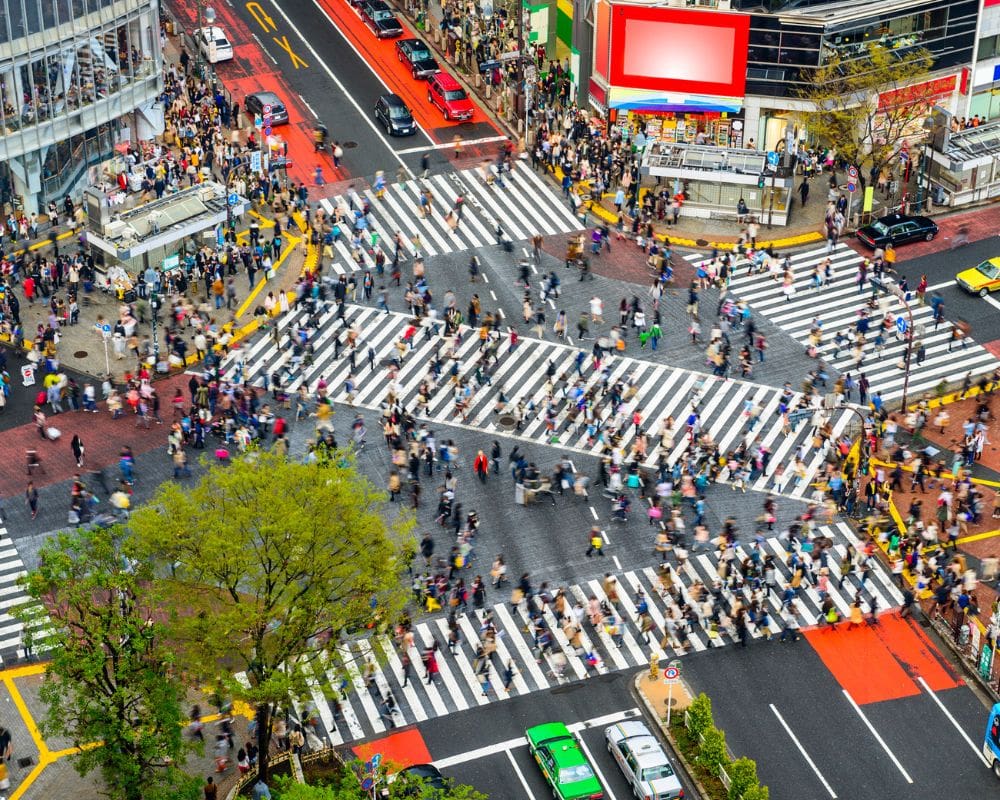
The Kanto region is situated in the eastern part of Honshu, the main island of Japan. It encompasses the Greater Tokyo Area, including the capital city of Tokyo, and is bordered by the Pacific Ocean to the east.
The Kanto region is renowned for its blend of ultramodern and traditional elements, housing the bustling metropolis of Tokyo alongside historic temples and natural parks.
It is the economic and political heart of Japan, drawing millions of visitors with its diverse attractions, from shopping and entertainment to cultural sites.
Best time to visit Kanto Japan Region

The best time to visit the Kanto region for good weather is during spring (March to May) when the cherry blossoms are in bloom, and autumn (September to November) when the weather is mild, and the fall colors are vibrant.
The cheapest time to visit is typically in winter (January to February), excluding the New Year holidays when prices can spike due to domestic travel.
Top 3 most popular attractions in Kanto Region

Tokyo Skytree and the Asakusa district represent the fascinating contrast of modern and traditional that defines the Kanto region. The Skytree offers panoramic views of Tokyo, while nearby Asakusa, with its Senso-ji Temple, offers a glimpse into the past.
Yokohama, Japan’s second-largest city, boasts the beautiful Sankeien Garden, a spacious Japanese garden with historic buildings from across Japan, and Minato Mirai, a seaside urban area known for its futuristic architecture.
Kamakura adds to the Kanto region’s charm with its historic temples and the iconic Great Buddha, showcasing the deep historical roots of the Japan regions.
These attractions highlight the diversity and richness of the Kanto region, making it a pivotal area within the broader spectrum of Japan regions.
Food culture in Kanto Region

The Kanto region’s food culture is as diverse as its landscape, featuring everything from high-end sushi to casual street food.
Tokyo, in particular, offers a culinary adventure with dishes like monjayaki (a type of savory pancake), fresh Tsukiji sashimi, and Tokyo’s unique take on ramen.
Yokohama is famed for its Chinatown, offering authentic Chinese cuisine, while Chiba contributes with its fresh seafood and peanuts, a regional specialty.
Transportation options within Kanto and between regions
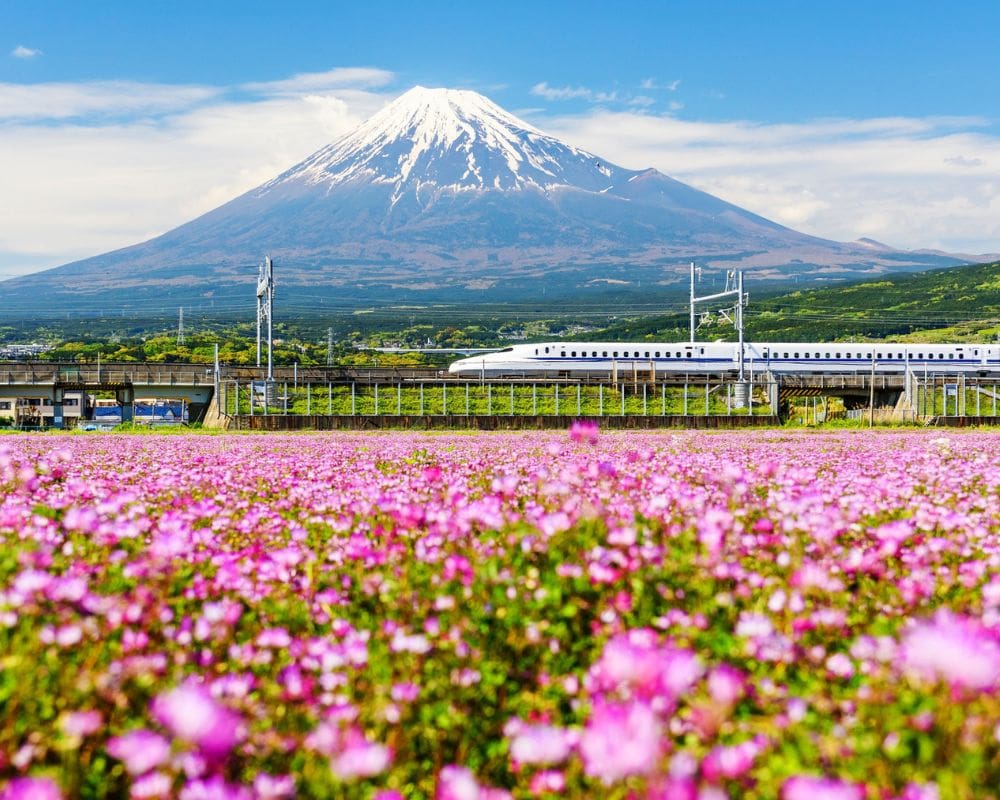
- Bullet Trains (Shinkansen): Connect Tokyo with other major cities across Japan, providing a fast and convenient way to travel long distances.
- Local Trains and Subways: Extensive networks in Tokyo and surrounding cities offer an efficient way to navigate the region.
- Buses: Serve as a complement to train routes, reaching areas less accessible by rail, including direct airport limousine services.
- Flights: Narita and Haneda airports connect the Kanto region with domestic and international destinations, facilitating easy access to and from the area.
REGIONS OF JAPAN
Kanto Region
4. Kansai Region
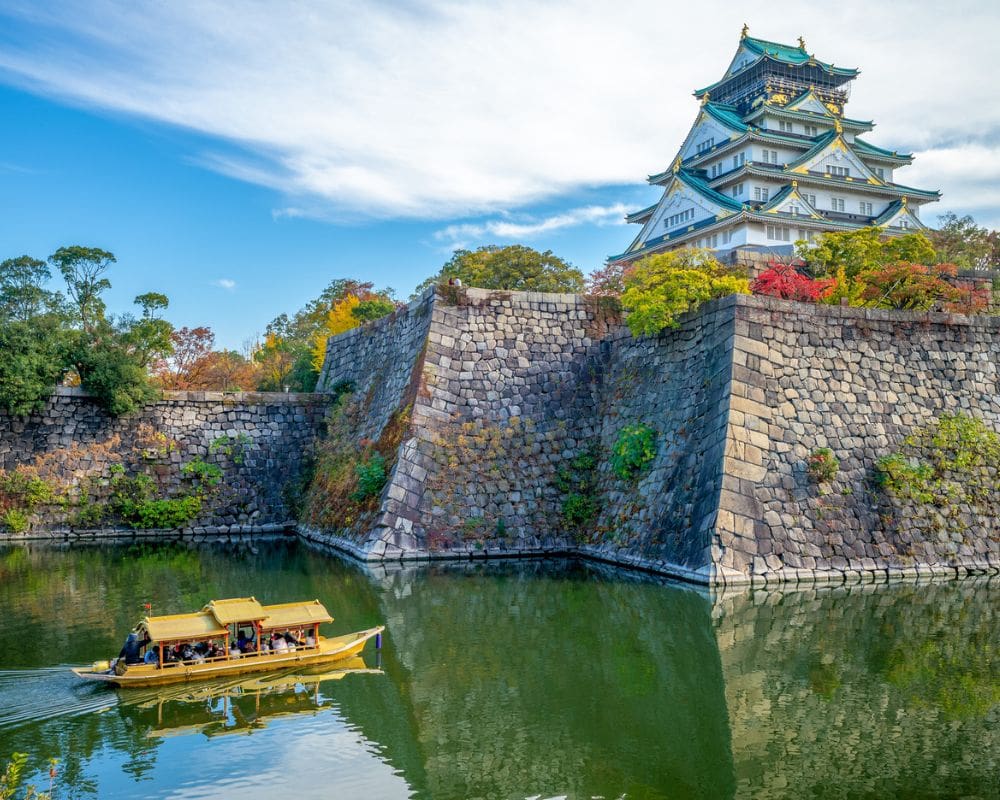
The Kansai region is situated in the central part of Honshu, Japan’s main island. It encompasses several prefectures including Osaka, Kyoto, Nara, and Kobe, making it a significant cultural and historical center of Japan.
Kansai is renowned for its rich cultural heritage, being home to ancient capitals like Kyoto and Nara, and for its distinctive cuisine. The region offers a contrast of historic and modern attractions, from ancient temples and shrines to the bustling city life of Osaka.
Best time to visit Kansai Japan
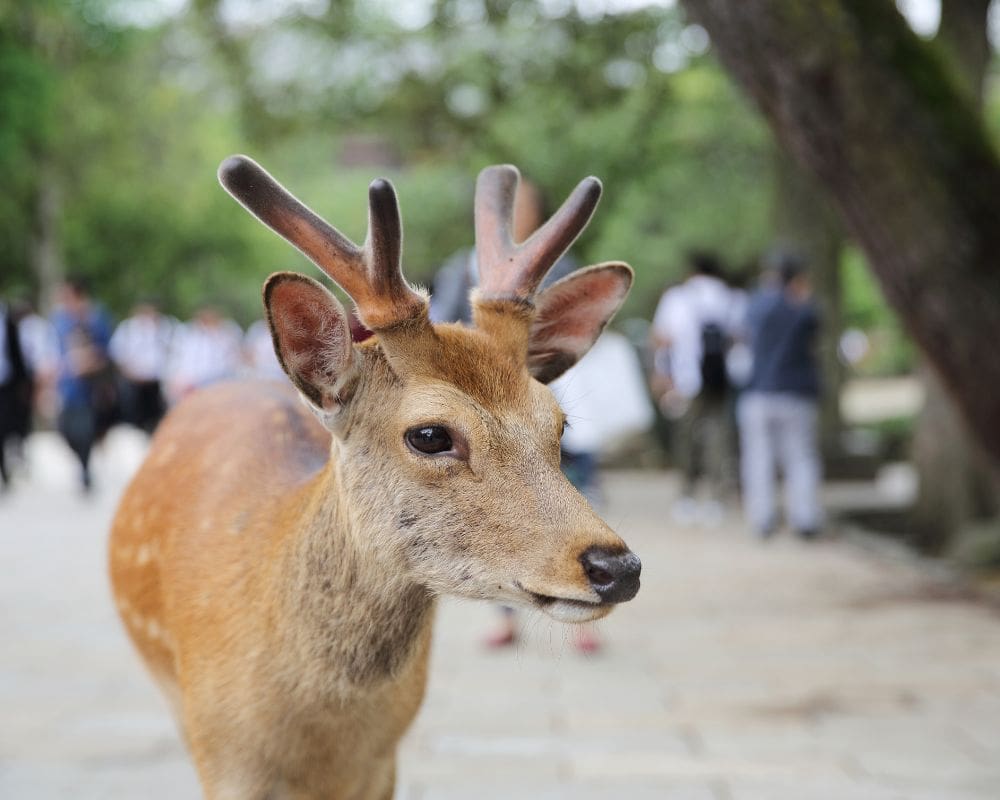
The best times to visit the Kansai region for good weather are spring (March to May) for the cherry blossom season and autumn (September to November) for the colorful fall foliage.
The cheapest time to visit is typically in winter (December to February), excluding the New Year holiday period, when tourist crowds are smaller, and accommodation prices are lower.
Top 3 most popular attractions in Kansai Region

Kyoto’s historical significance within the Kansai region and Japan regions at large is unparalleled, housing over a thousand temples, including the iconic Kinkaku-ji (Golden Pavilion) and Fushimi Inari Shrine with its thousands of vermilion torii gates.
Nara, the first permanent capital of Japan, is home to the Todai-ji Temple, which houses a giant Buddha statue, and the friendly deer of Nara Park, offering a unique blend of history and nature.
Osaka, known as Japan’s kitchen, complements its historical depth with modern vibrancy, including the famous Osaka Castle and the bustling Dotonbori district, known for its neon lights and culinary delights.
These attractions showcase the rich cultural fabric and the dynamic modernity of the Kansai region, making it a cornerstone among Japan regions for travelers seeking both historical depth and contemporary experiences.
Food culture in Kansai Region
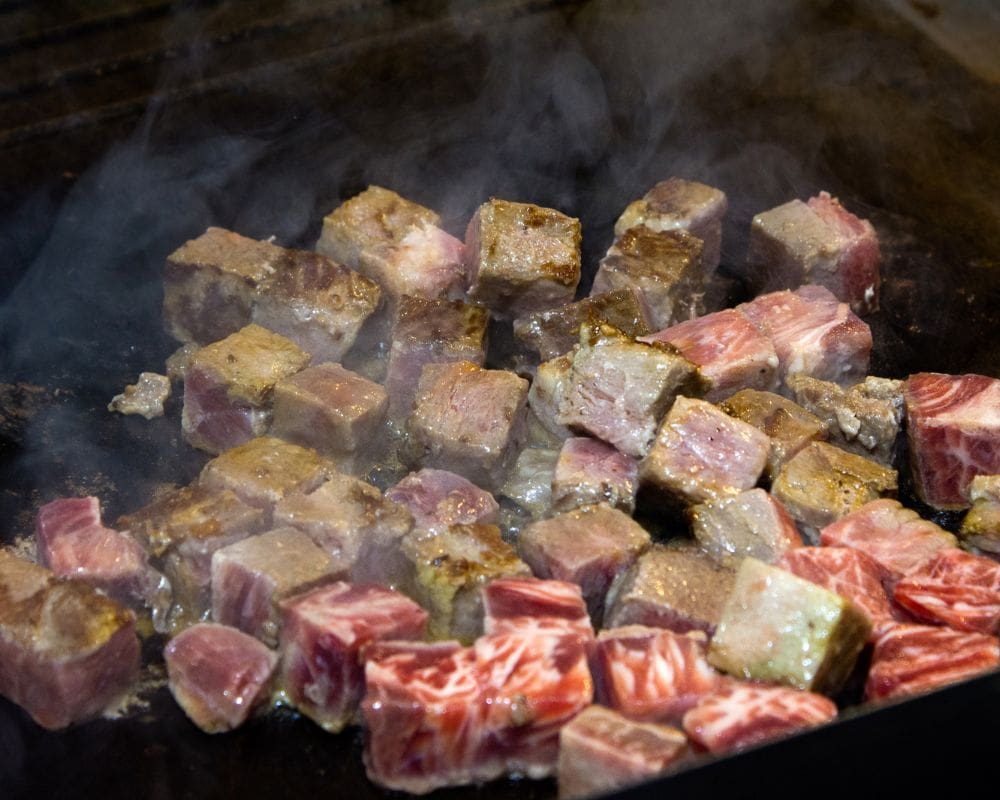
The Kansai region’s food culture is diverse and flavorful, known for okonomiyaki (savory pancakes) and takoyaki (octopus balls) from Osaka, which reflect the region’s love for street food.
Kyoto offers refined kaiseki ryori (traditional multi-course meals) and matcha-based sweets, showcasing the city’s culinary elegance.
Kobe is famous worldwide for its Kobe beef, a delicacy that highlights the region’s commitment to quality and taste.
Transportation options in Kansai and between regions
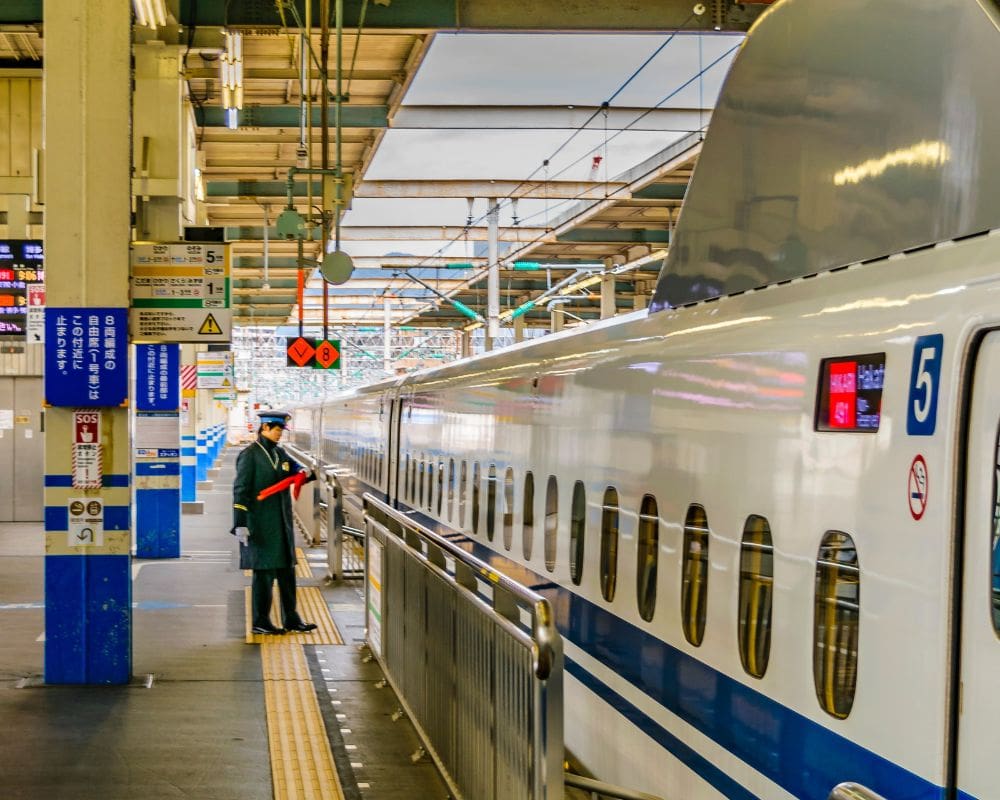
- Bullet Trains (Shinkansen): Connects major cities within the Kansai region to Tokyo and other parts of Japan, offering fast and efficient travel.
- Local Trains: Extensive rail networks, including JR lines and private railways, provide comprehensive coverage of the region.
- Buses: Offer access to tourist attractions and remote areas not covered by trains.
- Flights: Kansai International Airport serves as the main gateway for international travelers, with domestic flights available at Osaka International (Itami) and Kobe Airport.
REGIONS OF JAPAN
Kansai Region
5. Chubu Region

The Chubu region, located in the central part of Honshu, Japan’s main island, serves as a geographical and cultural bridge between the northern and southern parts of the country.
It is characterized by its diverse landscapes, including the Japanese Alps, expansive coastlines, and deep valleys.
Chubu is known for its natural beauty, from the towering peaks of the Japanese Alps to the rugged coastline of the Sea of Japan.
This region is also home to Mount Fuji, Japan’s most iconic symbol, and offers a rich blend of cultural sites, outdoor activities, and historic towns.
Best time to visit Chubu Region
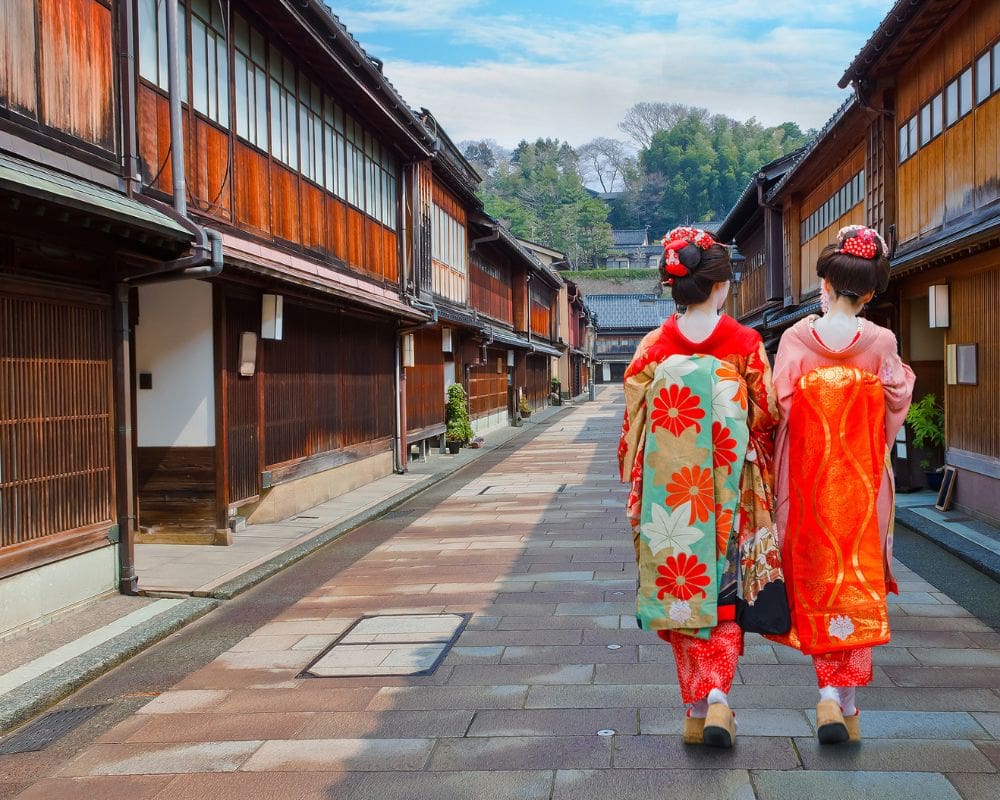
The best time to visit the Chubu region for good weather is during the spring (March to May) when the cherry blossoms bloom and autumn (September to November) when the fall foliage is at its peak.
The cheapest time to visit is during the winter months (December to February), outside of the ski season in mountainous areas, when there are fewer tourists and lower accommodation prices.
Top 3 most popular attractions in Chubu Japan
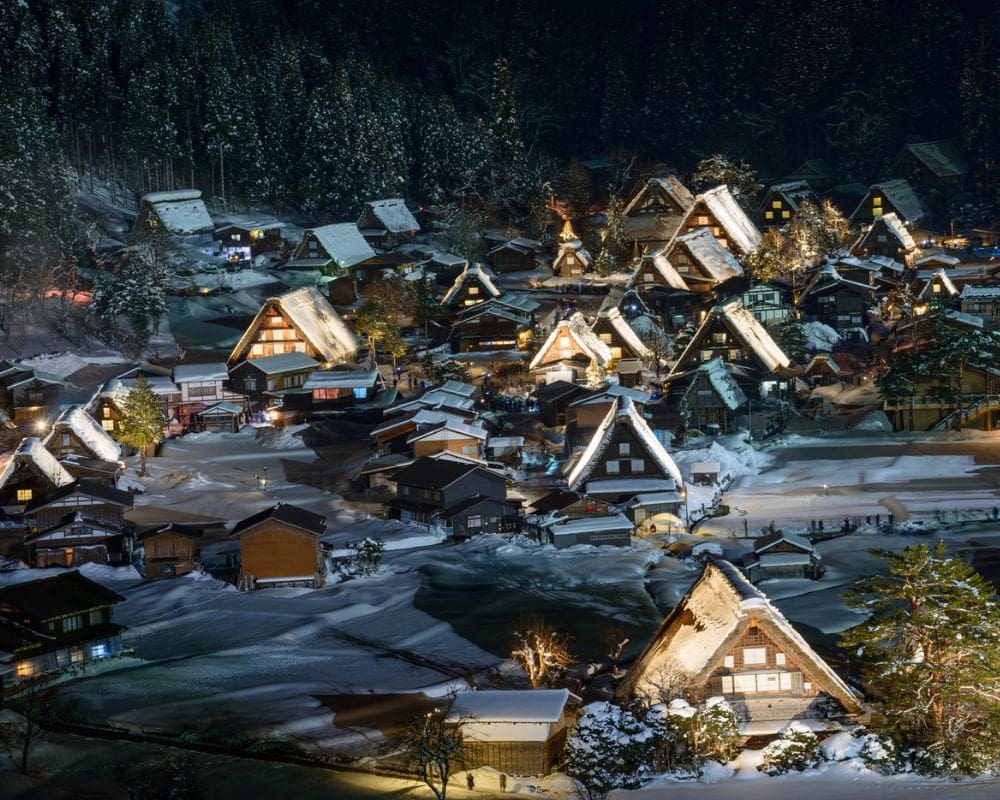
The Chubu region boasts attractions like the historic villages of Shirakawa-go and Gokayama, recognized by UNESCO for their traditional gassho-zukuri farmhouses, which offer a glimpse into Japan’s rural past.
Kanazawa, known as “Little Kyoto,” captivates visitors with its beautifully preserved samurai and geisha districts, Kenrokuen Garden, one of Japan’s three great gardens, and contemporary art museums.
The region’s natural beauty is exemplified by the Tateyama Kurobe Alpine Route, where visitors can experience one of Japan’s most stunning mountainous landscapes, including the famous snow corridor in spring.
These sites underscore the Chubu region’s status as a key destination within the diverse Japan regions, offering a mix of historical, cultural, and natural attractions.
Food culture in Chubu

The Chubu region’s cuisine reflects its geographical diversity, with seafood from the Sea of Japan, mountain vegetables, and local specialties such as Hida beef, known for its marbling and flavor.
Nagoya is famous for its unique dishes like miso katsu (pork cutlet with miso sauce) and hitsumabushi (grilled eel over rice). The region also has a rich tradition of crafting sake, with the cold winters providing ideal conditions for fermentation.
Transportation options within Chubu and between regions
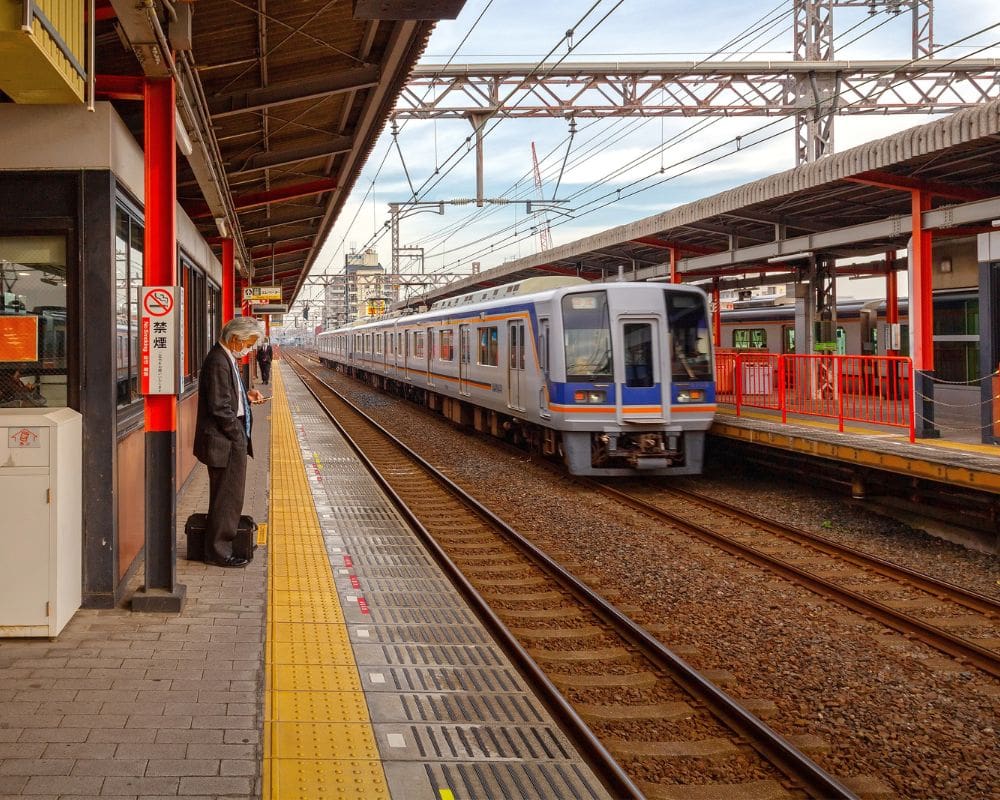
- Bullet Trains (Shinkansen): Connects major cities within the Chubu region to Tokyo, Kyoto, and Osaka, offering a quick and efficient travel option.
- Local Trains: Extensive networks cover the region, including scenic routes through the Alps.
- Buses: Comprehensive services connect more remote destinations, including national parks and ski resorts.
- Flights: Chubu Centrair International Airport and smaller regional airports provide both domestic and international connections.
REGIONS OF JAPAN
Chubu Region
6. Shikoku Region

Shikoku, the smallest of Japan’s four main islands, is located to the south of Honshu, separated by the Seto Inland Sea. It is divided into four prefectures: Tokushima, Kagawa, Ehime, and Kochi, each offering its unique landscapes and cultural experiences.
Shikoku is famous for its 88 Temple Pilgrimage, a spiritual journey that attracts pilgrims and tourists alike. The region is also known for its natural beauty, including the whirlpools of Naruto and the pristine beaches of the Seto Inland Sea.
Best time to visit the Shikoku Region

The best time to visit Shikoku for good weather is in spring (March to May) when the cherry blossoms are in bloom, and in autumn (September to November) when the weather is mild and the fall colors are vibrant.
The cheapest time to visit is during the winter months (December to February), when there are fewer tourists and accommodation prices are more affordable.
Top 3 most popular attractions in Shikoku Japan

The 88 Temple Pilgrimage is Shikoku’s most famous attraction, offering a unique spiritual and cultural journey through the region’s beautiful landscapes.
Ritsurin Garden in Takamatsu is considered one of the best traditional gardens in Japan, showcasing meticulous landscape design and serene ponds.
The Iya Valley, known for its dramatic mountain scenery, historic vine bridges, and traditional thatched-roof houses, provides a glimpse into Japan’s rural past, making these sites emblematic of the Shikoku region’s blend of natural beauty and cultural heritage within the diverse Japan regions.
Food culture in Shikoku Region

Shikoku’s food culture is marked by its use of fresh, local ingredients from both the sea and the mountains. Udon noodles from Kagawa (Sanuki udon) are celebrated throughout Japan for their chewy texture.
Kochi is renowned for its katsuo no tataki (seared bonito), a delicacy that embodies the region’s seafood tradition.
Tokushima’s sudachi, a citrus fruit, adds a refreshing zest to many local dishes, highlighting the region’s culinary diversity.
Transportation options within Shikoku and between regions
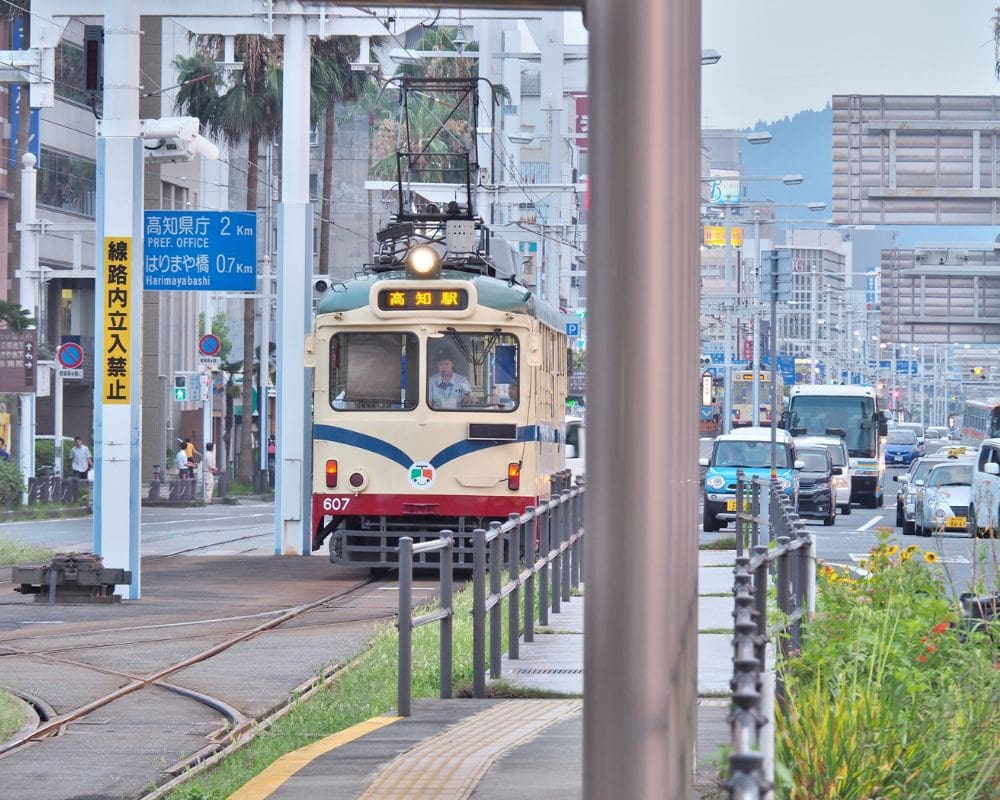
- Local Trains: JR Shikoku operates train services connecting major cities and towns across the island.
- Buses: Extensive bus networks provide access to remote areas and tourist sites not serviced by trains.
- Ferries: Connect Shikoku to the main island of Honshu and islands in the Seto Inland Sea, offering scenic routes.
- Flights: Regional airports offer flights to major cities in Japan, facilitating access to and from Shikoku.
REGIONS OF JAPAN
Shikoku Region
7. Chugoku Region

The Chugoku region is located in the western part of Honshu, Japan’s largest island. It borders the Sea of Japan to the north and the Seto Inland Sea to the south, comprising five prefectures: Tottori, Shimane, Okayama, Hiroshima, and Yamaguchi.
Chugoku is renowned for its natural landscapes, such as the sand dunes of Tottori and the scenic beauty of the Seto Inland Sea. It’s also historically significant, with Hiroshima being a poignant reminder of the past, and Okayama and Matsue offering rich cultural heritage.
Best time to visit Chugoku Region

The best time to visit the Chugoku region for good weather is in spring (March to May) for the cherry blossoms and in autumn (September to November) for the pleasant temperatures and fall colors.
The cheapest time to visit is during the off-peak seasons of winter (December to February) and summer (June to August), when there are fewer tourists, and accommodation prices are lower.
Top 3 most popular attractions in Chugoku Region
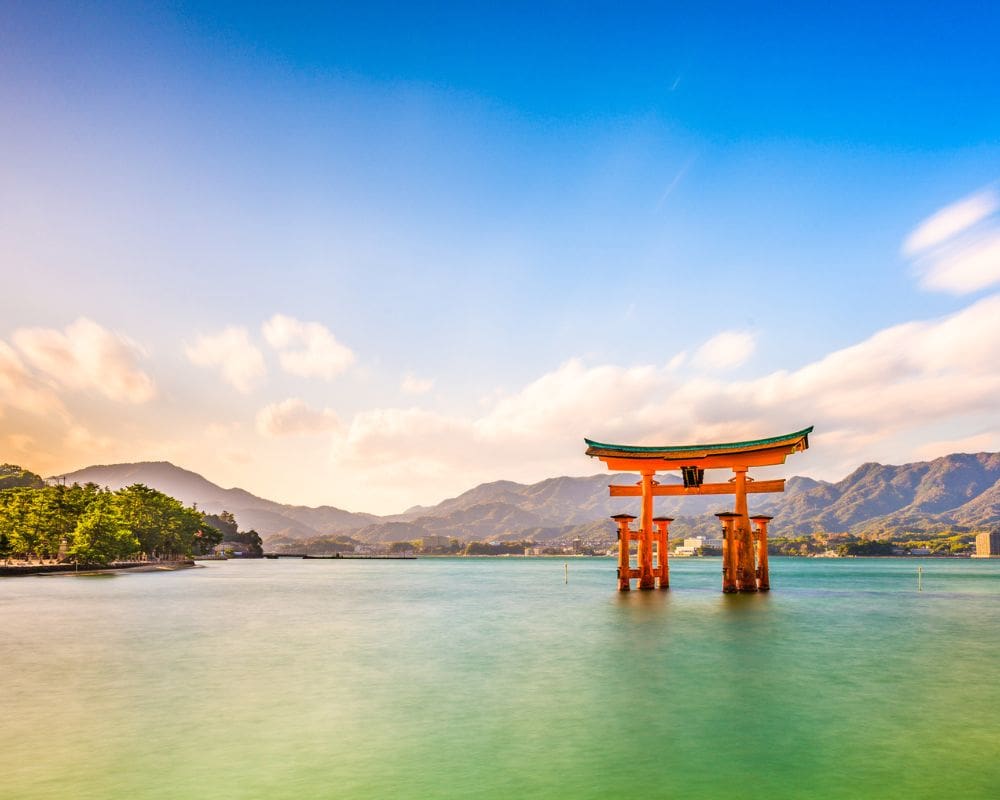
The Peace Memorial Park and Museum in Hiroshima serve as a powerful reminder of the atomic bombing during World War II, attracting visitors from around the world to reflect on peace and reconciliation.
The region is also home to Miyajima Island, famous for its floating torii gate of Itsukushima Shrine, a UNESCO World Heritage site that represents the spiritual and natural beauty of Japan.
Okayama’s Korakuen Garden, one of Japan’s three great gardens, offers a stunning landscape design that has been preserved for centuries, showcasing the traditional aesthetics of Japanese gardens and making these sites key highlights within the diverse attractions of the Chugoku region among the Japan regions.
Food culture in Chugoku Region

The Chugoku region’s food culture is diverse, with Hiroshima being famous for its style of okonomiyaki, a savory pancake filled with a variety of ingredients.
Tottori offers the unique dish of Tottori crab, prized for its sweetness and texture. Shimane’s Izumo soba, with its dark, nutty flavor, is another regional specialty, highlighting the culinary variety found in the Chugoku region within the broader palette of Japan regions.
Transportation options in Chugoku and between regions

- Bullet Trains (Shinkansen): The Sanyo Shinkansen connects Hiroshima and other major cities in the region to the rest of Japan, offering fast and convenient travel.
- Local Trains: JR West operates extensive train services that cover much of the Chugoku region, connecting urban and rural areas.
- Buses: A network of buses provides access to areas not served by trains, including national parks and remote attractions.
- Flights: Regional airports offer domestic flights to major cities across Japan, facilitating access to the Chugoku region.
REGIONS OF JAPAN
Chugoku Region
8. Kyushu Region
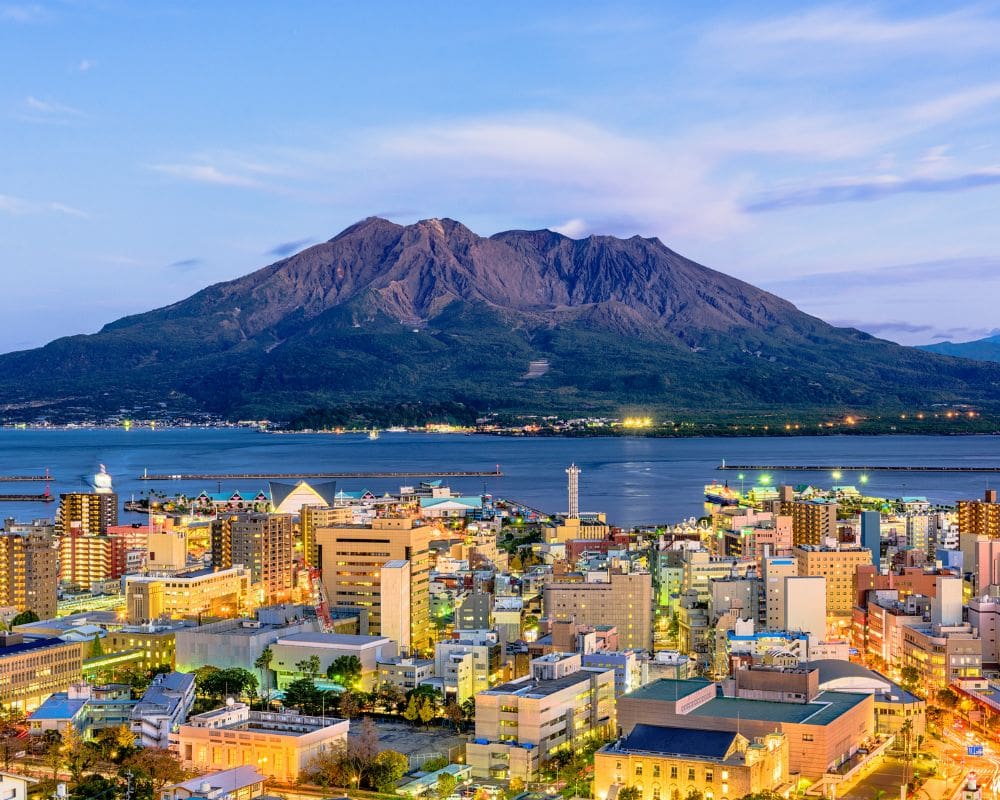
Kyushu, the third-largest island of Japan, lies to the southwest of the main island, Honshu, separated by the Kanmon Straits.
It comprises seven prefectures: Fukuoka, Saga, Nagasaki, Kumamoto, Oita, Miyazaki, and Kagoshima, offering a diverse landscape that includes coastal cities, mountainous interiors, and active volcanoes.
Kyushu is celebrated for its natural hot springs, particularly those in Beppu and Yufuin, making it a premier destination for onsen enthusiasts.
The region is also rich in history and culture, with Nagasaki and Kumamoto offering insights into Japan’s historical interactions with foreign nations and the samurai era.
Best time to visit Kyushu Japan

The best time to visit Kyushu for good weather is during spring (March to May) when the cherry blossoms are in bloom and autumn (September to November) for comfortable temperatures and beautiful fall foliage.
The cheapest time to visit is during the offseason, in winter (December to February), when there are fewer tourists and accommodation prices are lower, except in onsen towns where winter is peak season.
Top 3 most popular attractions in Kyushu Japan

The Kyushu region is home to Mount Aso, one of the world’s largest active volcanoes, offering breathtaking landscapes and the unique experience of visiting a live caldera.
The historic city of Nagasaki, with its Peace Park and Atomic Bomb Museum, provides poignant reminders of the impacts of war, while Glover Garden showcases the fusion of Japanese and Western cultures.
Kumamoto Castle, although damaged in the 2016 earthquakes, remains a symbol of the region’s samurai heritage and resilience, with efforts underway to restore its former glory. These attractions highlight Kyushu’s natural beauty and rich history, making it a must-visit among the Japan regions.
Food culture in Kyushu
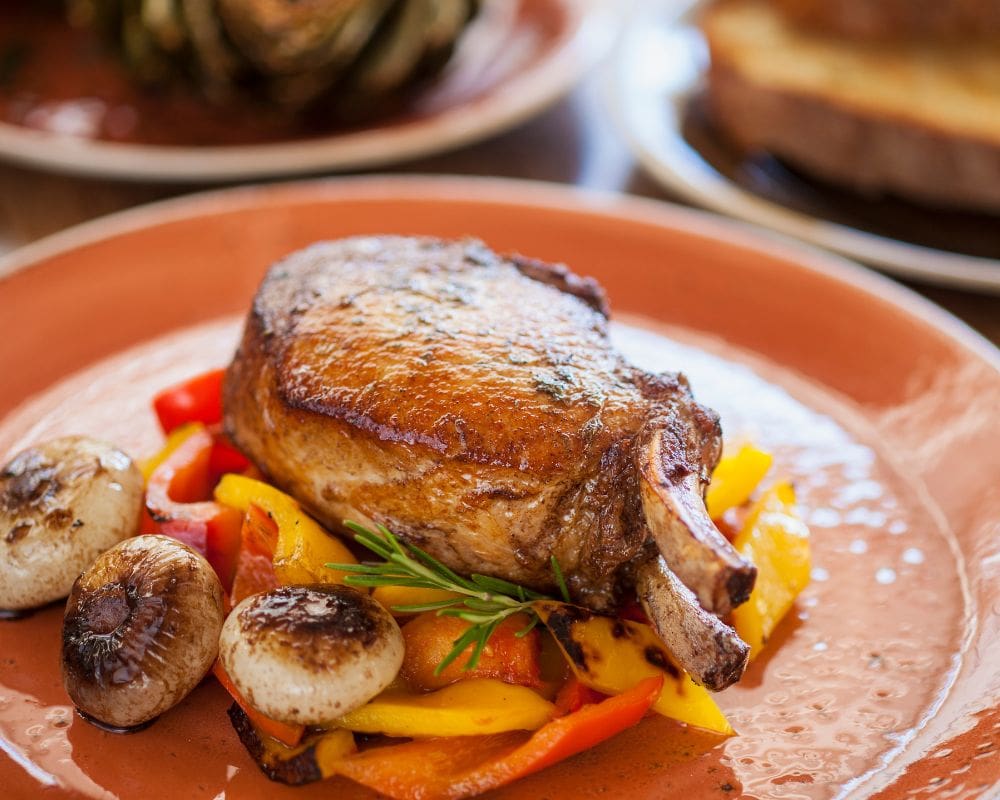
Kyushu’s food culture is as diverse as its geography, famous for Hakata ramen from Fukuoka, with its rich pork bone broth.
Kagoshima is known for its kurobuta (black pork), tender and flavorful, while Nagasaki’s champon, a noodle dish loaded with seafood and vegetables, reflects the region’s historical international influences.
These dishes represent the culinary traditions and innovations that define the Kyushu region within the broader context of Japan regions.
Transportation options within Kyushu and between regions
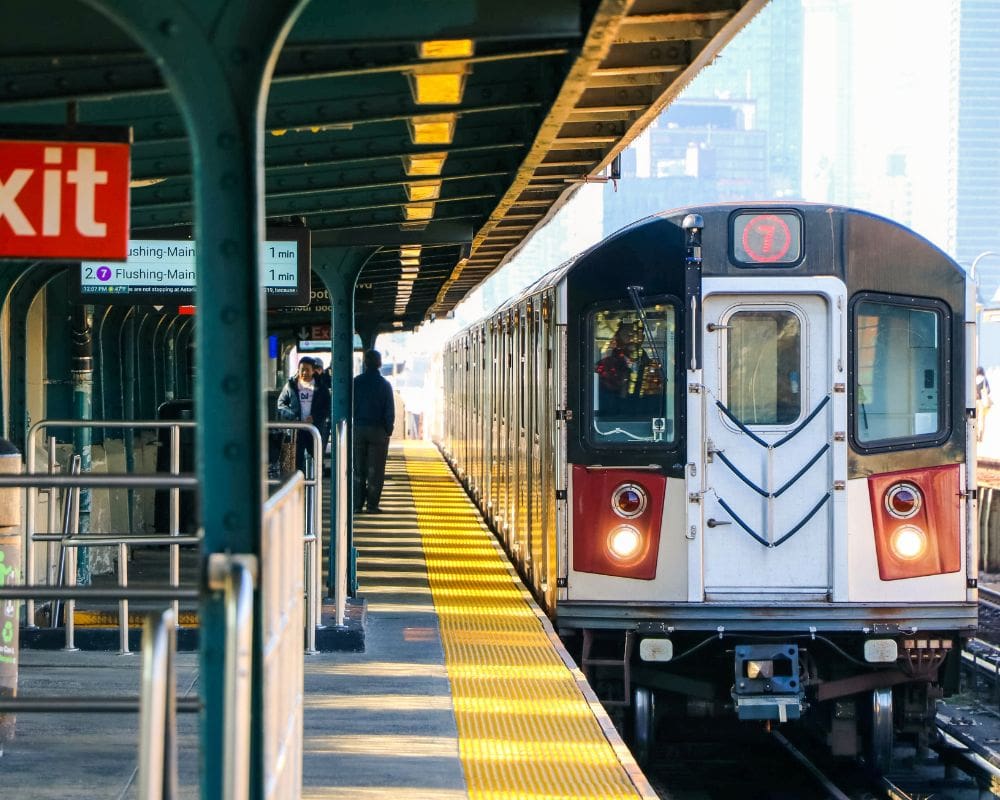
- Bullet Trains (Shinkansen): The Kyushu Shinkansen connects major cities within the region and to Honshu, offering fast and convenient travel.
- Local Trains: An extensive network of local trains, including scenic routes along the coast and through the mountains, serves smaller towns and tourist destinations.
- Buses: Comprehensive bus services link areas not covered by trains, ideal for accessing remote onsen resorts and natural parks.
- Flights: Regional airports provide domestic flights to other Japan regions and international connections, facilitating access to Kyushu.
REGIONS OF JAPAN
Kyushu Region

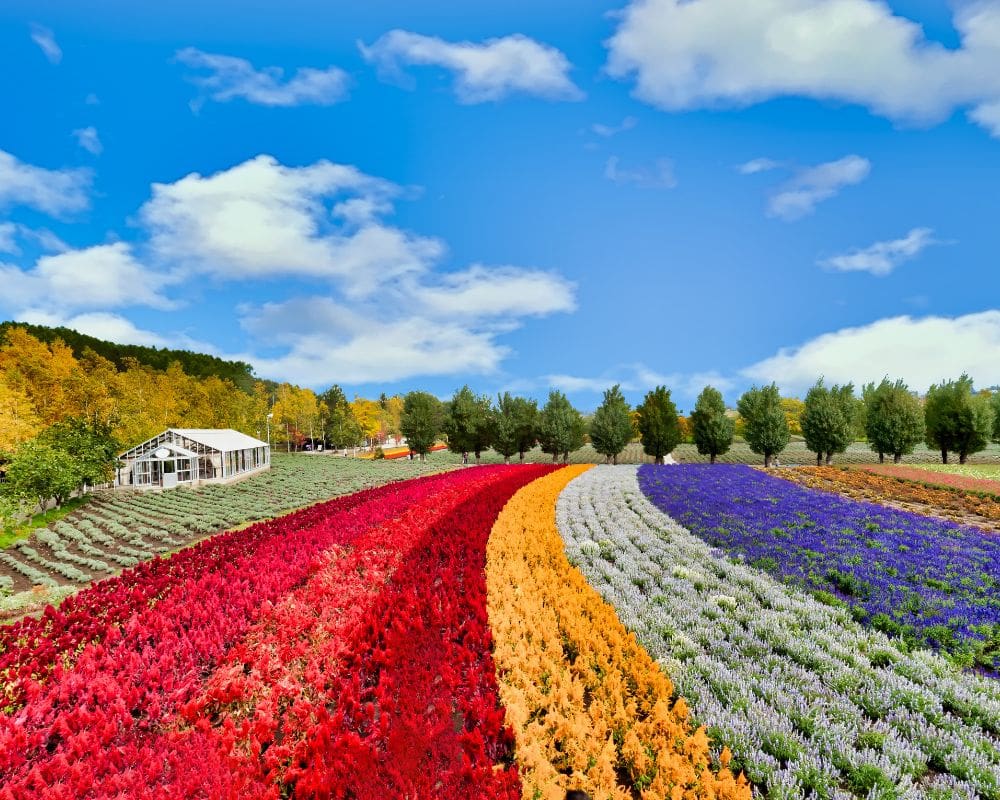
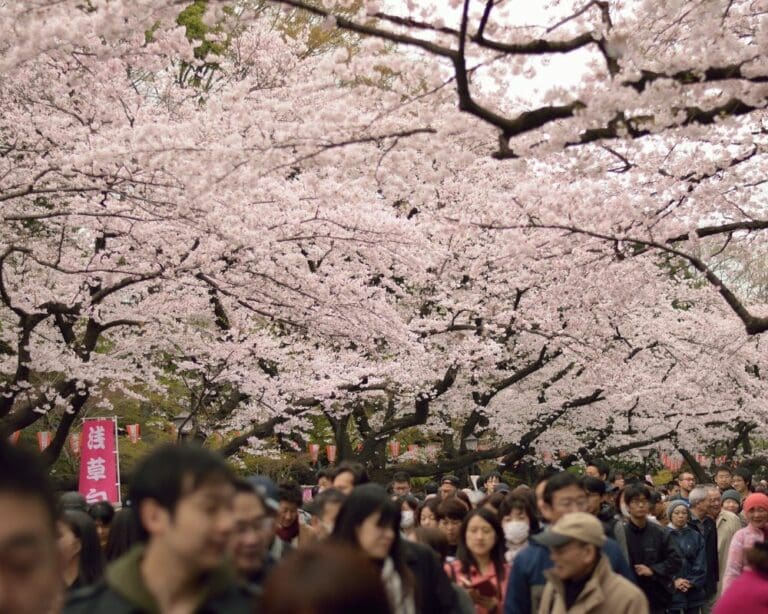
![19 best spots to see the Osaka Cherry Blossoms [with dates and travel tips]](https://b3461660.smushcdn.com/3461660/wp-content/uploads/2024/01/Hirano-Shrine-Osaka-Cherry-Blossoms-768x614.jpg?lossy=2&strip=1&webp=1)
![12 best spots to see the Fukuoka Cherry Blossom [with dates and travel tips]](https://b3461660.smushcdn.com/3461660/wp-content/uploads/2024/02/Fukuoka-Cherry-Blossom-Japan-Guide-768x614.jpg?lossy=2&strip=1&webp=1)
![16 best spots to see the Hokkaido Cherry Blossom [with dates and travel tips]](https://b3461660.smushcdn.com/3461660/wp-content/uploads/2024/02/Cherry-Blossoms-Spots-in-Hokkaido-Japan-768x614.jpg?lossy=2&strip=1&webp=1)
